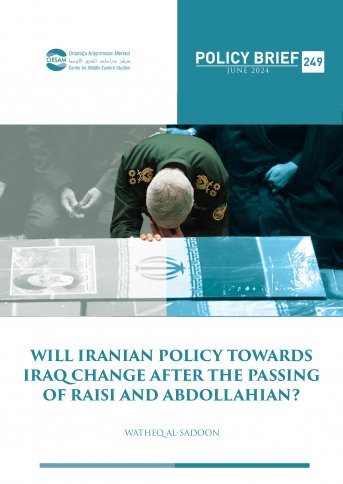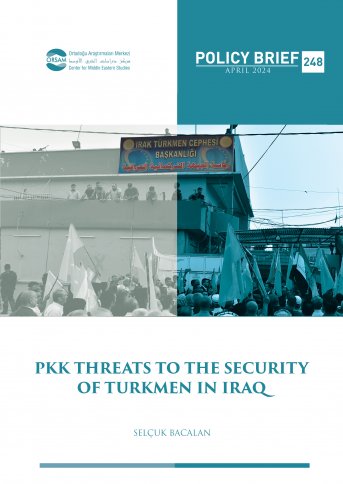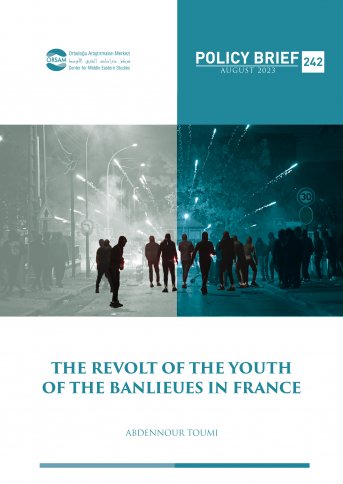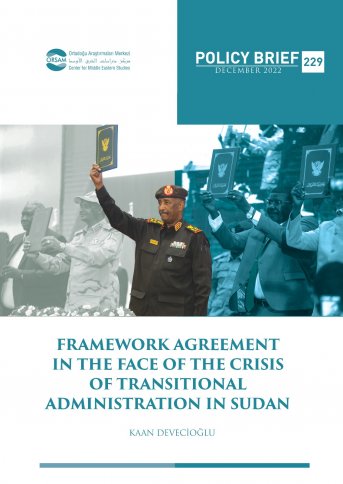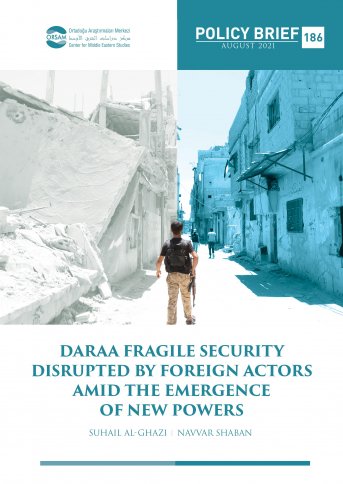
Daraa Fragile Security Disrupted by Foreign Actors amid the Emergence of New Powers
The geographical location of southern Syria is the most important cause of conflict in and around the region, which borders Israel and Jordan, connects to Lebanon through Mount Hermon, and is considered a gateway to the Gulf states through the Nassib crossing. Daraa’s geographical location has prompted many regional and international players to impose their control directly or through a local partner.
Even before the 2018 reconciliation agreement, Russia was forced to involve more than one party directly in these arrangements, such as Jordan, Israel, and the US, which share one goal in the region: to keep Iran away from the borders with Jordan and Israel to a distance of 80 kilometers. However, Russia could not fulfill this agreement, despite continuously saying Iran is not present in the South. Furthermore, perhaps the most important thing that made the task difficult for Russia was Iran’s ability to quickly change the form of its influence in the region and rely mainly on local forces from the people of the region.
Russia had to organize the armed factions in Daraa to observe the regional parties, requiring some of them to keep their light weapons and equipment. Russia also asked them to prevent the regime forces and Iranian militias from entering the faction-held areas, specifically Daraa al-Balad, Busra al-Sham, and Tafas, where the 8th Brigade of the 5th Corps, led by Shabab al-Sunna’s former leader Ahmed al-Awda, was located to balance the Iranian militias.

